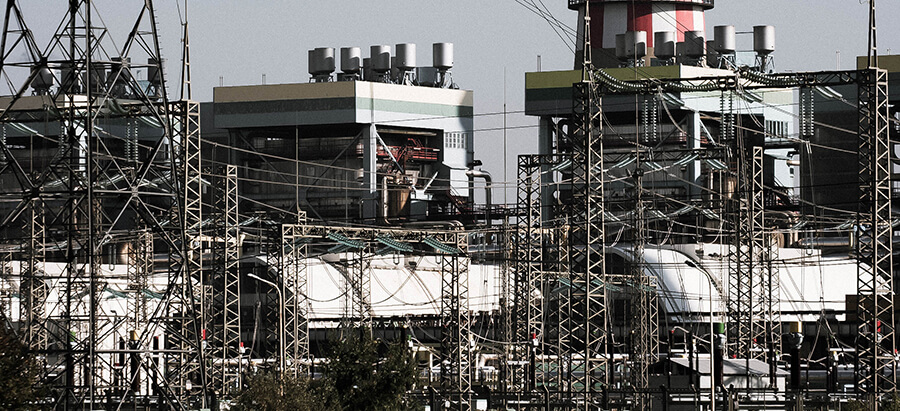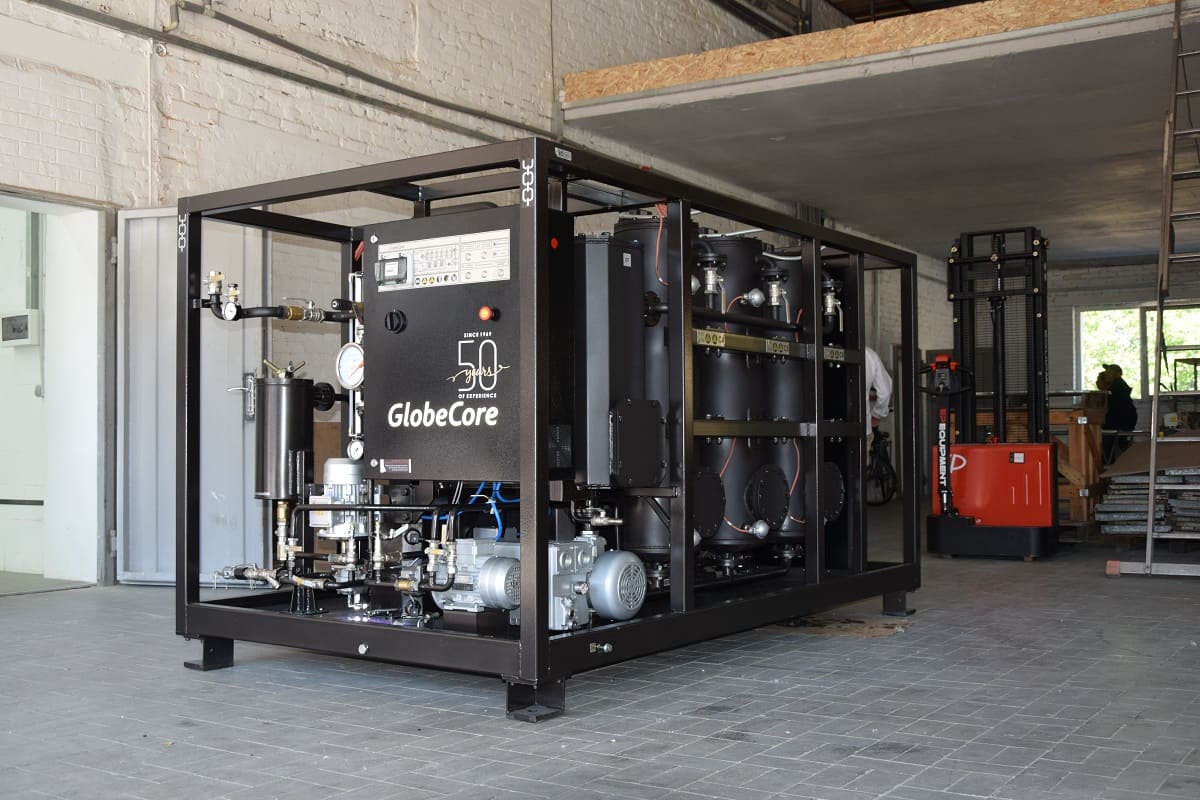In today’s technologically advanced world, the proper handling of waste materials has become more critical than ever. Oil reclamation plays a pivotal role in this context, addressing the challenges posed by used and waste oils. Industrial oils, after serving their purpose, often become contaminants if not handled correctly. Unfortunately, in many countries, waste oil is still improperly disposed of—poured into water bodies, soil, or at best, burned for heat. Modern oil reclamation equipment offers a sustainable solution by restoring used oils to meet standard requirements, allowing them to be reused for their intended purposes. The benefits of oil reclamation are substantial: prolonging oil service life, enhancing the reliability of machinery, and saving money on purchasing new oil and disposing of used oil.
Understanding Waste Oil Reclamation
Industrial oils do not maintain their optimal quality indefinitely. Over time, they accumulate solid impurities, moisture, gases, and aging products that degrade their performance. When oils lose their essential characteristics, they are classified as waste oil. Traditionally, oil companies faced two significant challenges:
- Replacing Used Oil: Regularly changing oil to maintain equipment performance.
- Disposing of Used Oil: Finding environmentally friendly and cost-effective disposal methods.
With advancements in oil reclamation technologies, there’s now a better solution: restoring used oil to its original properties. Reclaimed oil meets standard requirements and can be reused, effectively transforming waste into a valuable resource.
Oil Reclamation Technologies
Oil reclamation employs various methods based on physical, chemical, or physicochemical processes to remove contaminants and restore oil quality.
Physical Methods
- Sedimentation: Allowing impurities to settle at the bottom of a tank over time.
- Centrifugation: Using centrifugal force to separate contaminants from the oil.
- Filtration: Passing oil through filters to remove solid particles.
- Magnetic Filtration: Removing ferrous particles using magnetic fields.
Physicochemical Methods
- Selective Adsorption: Using adsorbents to remove specific contaminants.
- Ion-Exchange Reclamation: Exchanging undesirable ions in the oil with more desirable ones.
- Coagulation: Adding substances that cause small particles to clump together for easier removal.
Chemical Methods
Chemical reclamation involves adding acids or alkalis to react with pollutants in the oil. While effective, these methods are technically complex and costly due to the expensive chemicals required.
Oil Reclamation vs. Oil Regeneration: What’s the Difference?
Understanding the distinction between oil reclamation and oil regeneration is crucial, as the terms are often used interchangeably but have different implications.
Oil Reclamation
- Focuses on existing methods of oil recovery.
- Utilizes physical, physicochemical, and chemical processes to improve oil performance.
- Aims to restore used oil to meet standard specifications for reuse.
Oil Regeneration
- A broader concept that includes oil reclamation and the processing of crude oil at refineries.
- Produces several fractions from waste oil, which can be used to manufacture industrial oils, plastic lubricants, and cooling liquids.
- Involves more extensive processing and refinement.
Waste oil is considered hazardous and requires proper handling to prevent environmental contamination, harm to wildlife, and human health risks. Effective reclamation and regeneration are essential for sustainable waste oil management.
GlobeCore’s Advanced Oil Reclamation Solutions
GlobeCore is a leading manufacturer of equipment designed for the reclamation of industrial oils, including transformer, turbine, and other industrial oils. Their technologies provide efficient and cost-effective solutions for restoring used oils to their original condition.
GlobeCore’s Oil Reclamation Equipment
GlobeCore implements advanced technologies through various equipment options:
- High-Vacuum Degassing: Removes dissolved gases and moisture under high vacuum conditions.
- Thermal Vacuum Drying: Eliminates water content by heating the oil under vacuum.
- Filtration: Removes solid particles and impurities using specialized filters.
- Mobile Regeneration Units: Portable systems for on-site oil reclamation.
- Stationary Regeneration Units: Fixed installations for continuous oil processing.
Advantages of GlobeCore’s Installations
- Ease of Maintenance: User-friendly design for straightforward operation.
- Universal Sediment Filter Cartridge: Employing a 1-micron 10″x2.5” filter for effective particle removal.
- High-Efficiency Evaporator: Optimizes thermal performance for moisture removal.
- Advanced Sensors: Level reading and foam sensors enhance operational safety.
Customers can request additional features such as complete automation, remote control and monitoring via smartphone or PC, explosion-proof designs, mobility options (trailer or castor wheels), moisture sensors, and particle counters.
On-Site Oil Reclamation with GlobeCore
GlobeCore offers practical solutions for on-site oil reclamation, saving companies money on transportation and disposal of used oil. Their mobile units enable oil restoration directly at the point of use, ensuring minimal disruption to operations.
Benefits of On-Site Oil Reclamation
- Cost Savings: Reduces expenses related to transporting used oil and purchasing new oil.
- Efficiency: Restores oil properties quickly, minimizing equipment downtime.
- Environmental Responsibility: Decreases environmental impact by recycling and reusing oil.
GlobeCore’s Comprehensive Oil Reclamation Process
GlobeCore’s oil reclamation plants utilize a combination of methods to provide thorough treatment:
- Multistage Filtration: Sequentially removes particles of varying sizes for optimal purification.
- High Temperature and Deep Vacuum: Effectively removes moisture and gases.
- Adsorption Purification: Eliminates aging products, acids, and decomposition products using specialized adsorbents.
This comprehensive approach ensures that reclaimed oil meets stringent quality standards and can be reused confidently.
Why Choose GlobeCore for Oil Reclamation?
GlobeCore’s oil reclamation equipment stands out in the market due to several significant advantages:
- Complete Restoration: Achieves full recovery of oil performance, meeting ISO 4406 purity class requirements.
- Economic Efficiency: Minimizes oil loss during recovery, maximizing cost savings.
- Adsorbent Reactivation: Features technology for reactivating adsorbents, reducing operational costs.
- Automated Processes: Offers automation for enhanced efficiency and ease of use.
- Robust Security System: Ensures safe operation with built-in safety features.
- Versatile Design: Available in various configurations, including wheeled units, trailers, and explosion-proof models.
- Adaptable Dimensions: Designed for easy transportation by road, sea, or air.
Oil reclamation is a vital process in today’s industrial landscape, offering significant environmental and economic benefits. By effectively restoring used oil, companies can enhance equipment reliability, reduce operational costs, and contribute to sustainable practices. GlobeCore’s advanced oil reclamation equipment provides comprehensive solutions tailored to meet diverse industrial needs.
Understanding the difference between simple oil cleaning and full oil reclamation is essential. While cleaning removes mechanical impurities, dissolved water, and gases, it does not address aging products, acids, or additive decomposition. Oil reclamation, as provided by GlobeCore, treats oils with pronounced aging processes, removing all harmful components and returning even waste oil to useful service.
For more information on GlobeCore’s oil reclamation equipment and to select the model that best suits your needs, please visit globecore.com. Embrace oil reclamation and transform waste oil into a valuable resource, supporting both your operational efficiency and environmental stewardship.


